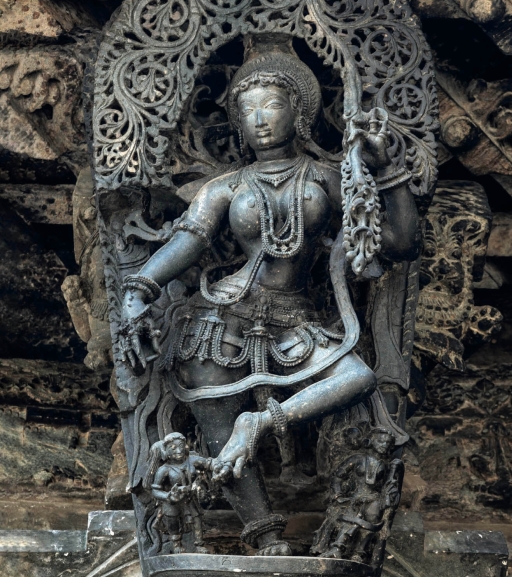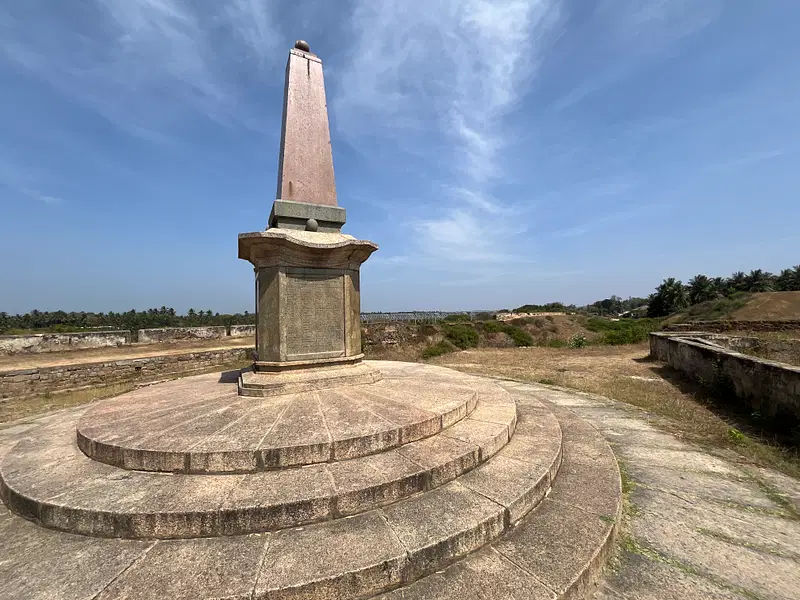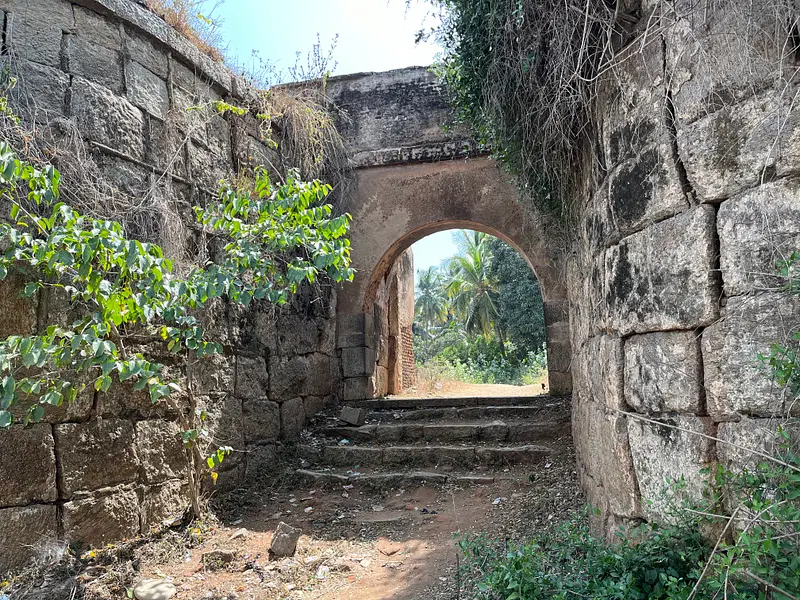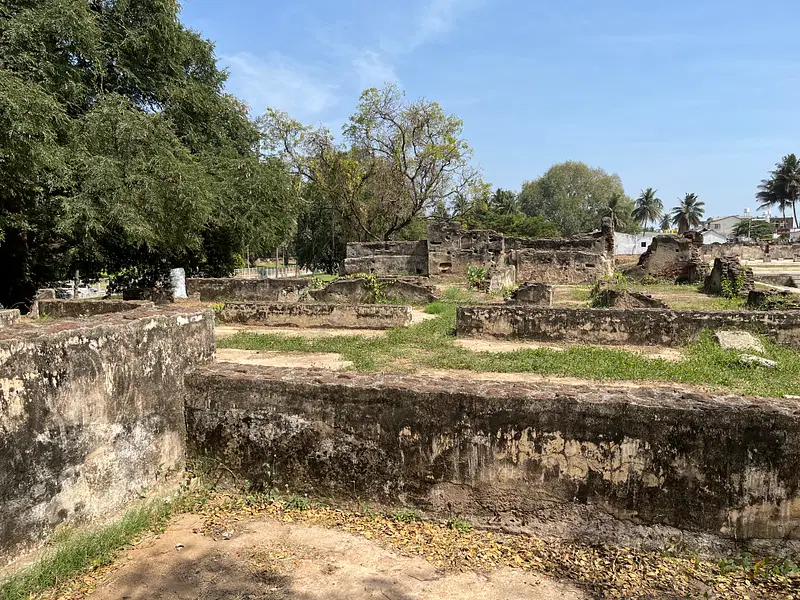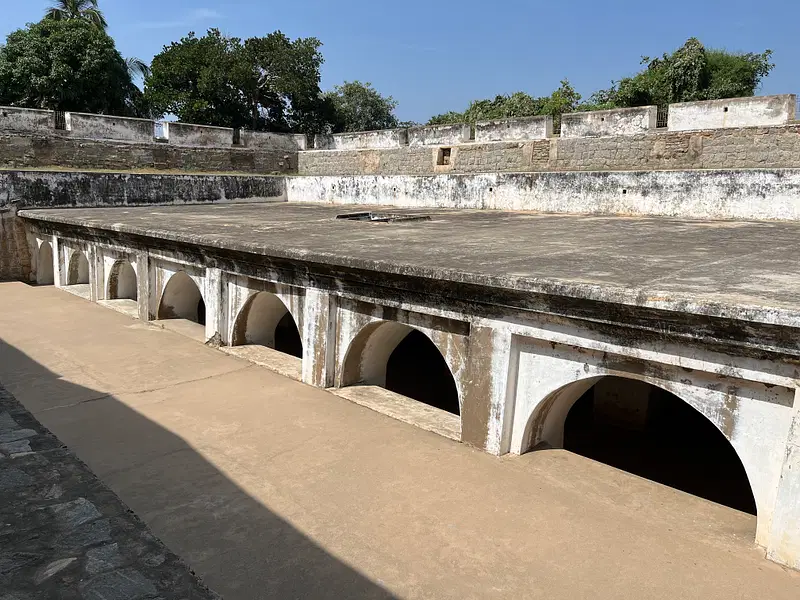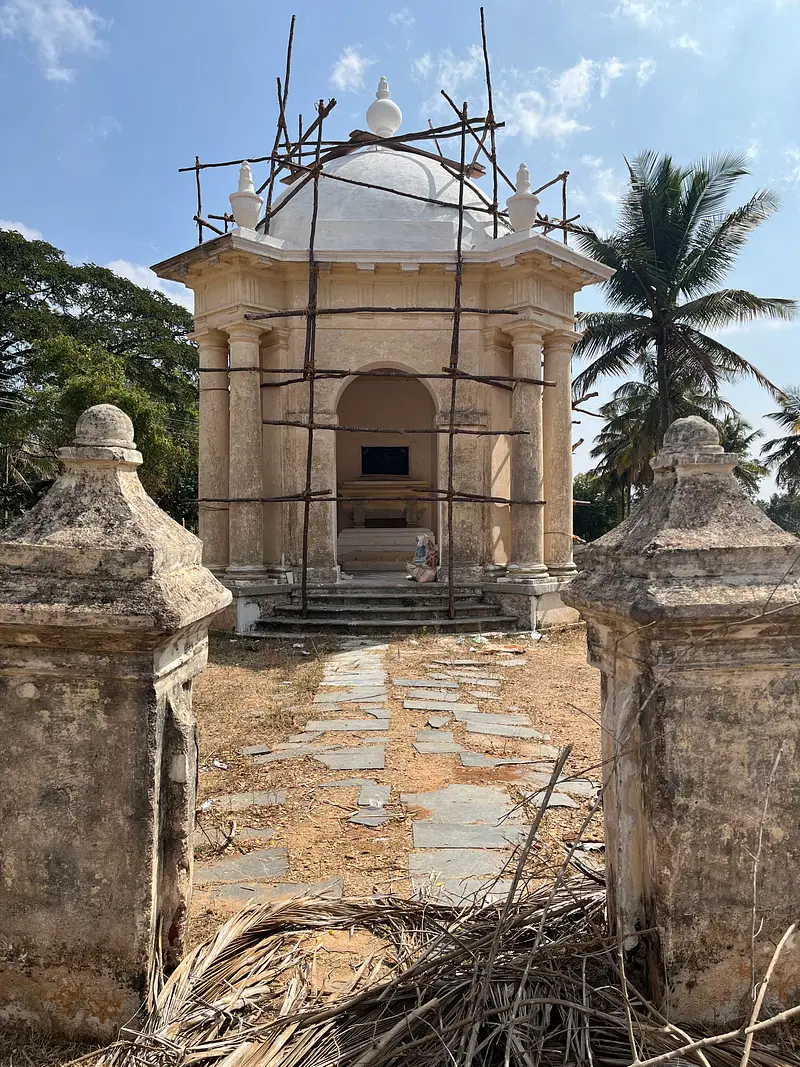Stepping into Srirangapatna: More than a temple town
Rijutha Jaganathan
Srirangapatna has been recorded as a well-known temple town since the Gangas ruled the region in the 9th century.
Like many others who travel out of Bangalore during the long weekends, I too have passed through the island town of Srirangapatna countless times on my way to Mysuru, Kodagu, Ooty and Kerala. However, I have stopped here only a handful of times, that too either to visit the famous Ranganathaswamy Temple the town is named after or to see the beautiful murals at Dariya Daulat Bagh. George Michell, the well-known architectural historian, recently released his new book on Mysuru and Srirangapatna in the form of a concise guide. I was amazed by the number of historical sites that the tiny island holds! So I decided to not zoom past Srirangapatna but to spend a day there instead.
Srirangapatna has been recorded as a well-known temple town since the Gangas ruled the region in the 9th century. Several dynasties patronised the town and the Wodeyars used its strategic location to defend their kingdom, by building a mud fort. Gradually Hyder Ali gained control of the fort and subsequently his son Tipu Sultan took it over. They both worked at strengthening the fort. It fell into British hands in 1799 after Tipu’s defeat in the Fourth Anglo Mysore War.
With this quick refresher course in Srirangapatna’s history, we drove straight to the Gumbaz, which is among the historical sites located outside the fort walls of Srirangapatna. The Gumbaz is a grand funerary monument erected by Tipu Sultan for his father Hyder Ali. Set in the middle of a garden, the central tomb is awe-inspiring. It is built on a platform that accentuates its grandeur from metres away. A combination of black basalt, granite and plastered brick was used to build the structure and the style resembles the Adil Shahi and Qutub Shahi mausoleums of Bijapur and Golconda respectively. A mosque stands across the length of one side, while the graves of Tipu’s relatives dot the rest of the terrace.
Just outside the Gumbaz complex is the forlorn memorial of William Bailie, the commander of the British East India Company. Elegant in design, the memorial was built several years after William Bailie’s death by his nephew John Bailie who was the British Resident of Oudh, Lucknow. William Bailie was captured by Haider Ali in 1780 at the Battle of Pollilur and died in captivity in the dungeons of Srirangapatna.
We then headed towards Ghosai Ghat, which is on the southern branch of the river, just out of sight from the sangama, where the two branches of the Kaveri reunite. It is a calmer alternative to the bustling sangama.
View from the bastions
Driving all the way across the island, we reached the Delhi Gate. Although Michell suggests walking along the walls to reach the point where the British breached the fort walls, it was too overgrown with thorny shrubs and we decided to head back into the fort. Instead, we walked atop the ramparts to reach the Commemorative Obelisk standing proudly in the noon sun. It was commissioned in 1907 by Lord Curzon to mark the victory of the British over Tipu in 1799. This part of the fort offers great views of the river and I am sure it will be even more spectacular when the river is in full spate.
As we walked back, we caught sight of a line of large birds perched on the rocks of the northern branch of the Kaveri fishing and drying their wings in the sun.
The next stop was Sultan Bateri, which is a large rectangular bastion that houses a set of dungeons. Nowadays known as William Bailie’s dungeons after its most famous prisoner, it has housed several other British prisoners.
We drove west towards the site of the Lal Mahal Palace, which was Tipu’s residence within the fort. Not much remains today as the British destroyed most of it. We then headed towards the Bangalore Gate of the fort and passed by the place where Tipu Sultan’s body was found and the Water Gate, which leads to the northern branch of the river.
Again, we were out of the fort walls and after a quick lunch, we set out to spend the sweltering afternoon in the coolness of Tipu’s Garden and Summer Palace, Dariya Daulat Bagh. This is probably Srirangapatna’s most famous sight and rightly so. Built by Tipu to impress his guests and show off his success, it continues to do so even today.
Next, was the area close to the Mysore Gate, which has been converted into a ticketed area where a sound and light show is organised every evening. If you are there during the day, you can still walk around, climb up and see from up close the bastion from which Tipu fired rockets at the British. The Elephant Gate is close by and though it looks like it has been recently restored, it has not been maintained well.
We skipped all the religious monuments of Srirangapatna on this visit as our focus was on the military and secular ones. We also did not manage to make our way to some other sites mentioned by George Michell such as the Garrison Cemetery, Harris Harris Bungalow, the obelisk outside the fort walls and Inman’s Dungeons due to lack of time. This stands as a testament to the fact that the most common-looking towns hold within their walls such a wealth of history and heritage.
This article was published in the Deccan Herald on February 21, 2024. It can be found here.

